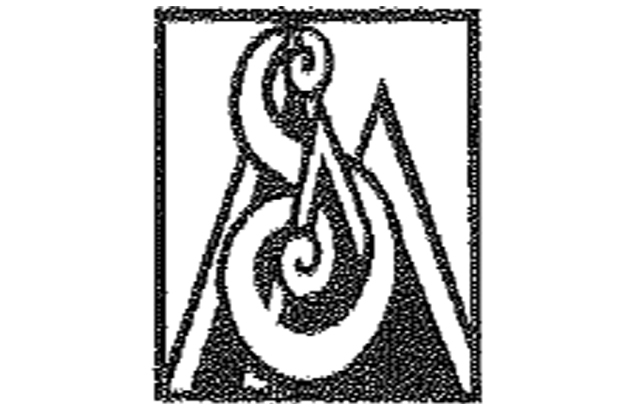Early days at Arowhenua Māori School
Highlights and Happy Memories – with Bill Hopkinson – an extract from Centennial booklet 1895 -1995
At primary school at Arowhenua Pā, they taught us well. Miss Hanah Bremner took the children from standard four to standard six, Miss Ester Bremner taught the primmers to standard three. Miss Hanah Bremner used to strap anyone who was naughty. She could strap quite hard and was really serious about it all. She strapped us on the palm of the hand only.
While I was at school, we built a tennis court for ourselves. We had no spirit level so we used a bottle of water for a spirit level. When it was completed, Miss Hanah Bremner made a rule – today is girls’ day; tomorrow is boys’ day; and if a boy walked onto the court on girls’ day, he was strapped.
If you spoke Māori at school you were strapped because it was barred; but all of us spoke Māori at home. Neither us, nor the Pākehā children who attended the school thought anything of it; but through not being allowed to speak Māori at school, and with our competent teachers, we did learn to speak English well. Our teachers were really terrific.
We knew our kaumātua were teaching us our culture. They were teaching us haka and training us for concert parties to raise money to build our little church on the corner. I was in three separate concerts at the pā. We came to Christchurch once, stayed at the showgrounds for two weeks and gave a concert every night in the Radiant Hall, raising money to build our little church.
All the Pākehā children who lived in the houses adjacent to our pā – mostly farmers – came to our school. That was a marvellous thing. The colour of our skin did not mean anything. We were all children together; even though it was a native school – that did not matter. It was school and we and the Pākehā children mixed together. We had a terrific time together. Some Saturdays we would be invited to the Pākehā farms to play with their children.
Some of my classmates were Amokura Torepe, Mohi Fowler, Miria Paiki, Mabel Rehu, Vina Hobbs, Mary Davies, Neta Waaka, Winifred Manning, Kāwana Mihaka, Mick Solomon, Jack Behrns, Jim Hobbs, Laddie Reihana, Whitu Pitama, Frank Tipa and Annie Hamstead. When I went back to our 70th Jubilee in 1965 I met up with my Māori and Pākehā mates again. My best friend Mick Solomon was there and he and I were inseparable because we had not seen each other for so many years.
Harold Waaka, Mary Davies and her brother, Dickie were also there. Mary and Dickie lived outside the pā, but came to our school and came back to our jubilee. These Pākehā children, are now men and women, scattered with their own families; they want to come back to us. I thought it was terrific. Mick Solomon has passed on now; and the big honour passed on to Mick at his funeral at the Māori cemetery was that there were more Pākehā than Māori there. What a terrific honour for Mick. There is a tremendous bond between Māori and Pākehā in the district. They really respect each other, they went to school together, worked together, played sport together and right up to the present day, there is a tremendous amount of respect between Māori and Pākehā in Temuka.
